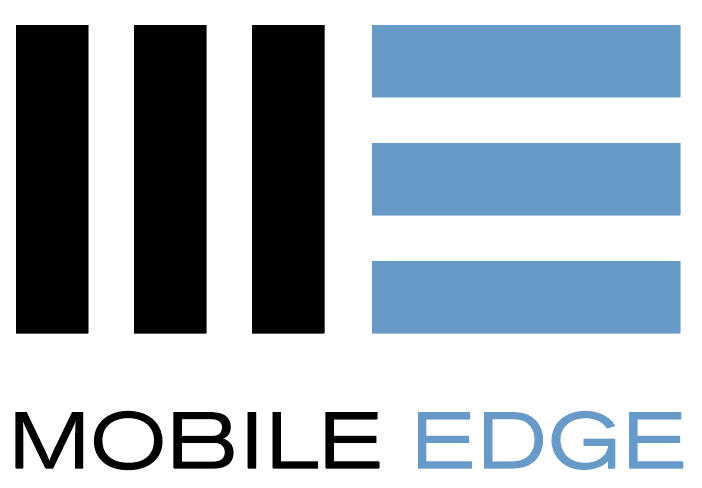In an era of increasing global movement and complex geopolitical challenges, border security has become more important than ever before. The traditional manual and physical surveillance methods are gradually being replaced with a wave of technological solutions to handle the dynamic landscape of border security. From artificial intelligence to biometrics, technology is leading the revolution in border security operations worldwide.
1. Biometric Technologies
Biometrics technologies such as facial recognition, iris scanning, and fingerprint identification have emerged as powerful tools in border control. These technologies offer the dual benefit of improving security and streamlining the passenger experience. For instance, e-passport gates using facial recognition technology can quickly compare a passenger’s face to the photo in their digital passport, significantly reducing waiting times at borders while maintaining high levels of security.
2. Artificial Intelligence and Machine Learning
Artificial intelligence (AI) and machine learning (ML) are revolutionizing the way data is processed at the borders. AI algorithms can sift through vast amounts of data, flagging anomalies and patterns that human analysts might miss. This not only increases efficiency but also improves the predictive capabilities of border control agencies, enabling them to anticipate and mitigate potential threats.
3. Drones and Unmanned Aerial Vehicles
Drones and unmanned aerial vehicles (UAVs) provide a powerful surveillance tool for border security. Equipped with advanced cameras and sensors, these devices can monitor large and hard-to-reach areas, providing real-time information to border patrol agencies. They’re especially useful in challenging terrains or maritime borders where manual surveillance is risky or not feasible.
4. Internet of Things (IoT)
The Internet of Things (IoT) – the network of interconnected devices that communicate and exchange data – has profound implications for border security. Sensor networks, for example, can detect movement or heat signatures at borders, transmitting this data back to a central system for analysis. IoT technology can also monitor environmental conditions or vehicle movements, providing additional layers of security.
5. Blockchain Technology
While still relatively nascent in the field of border security, blockchain technology has potential implications for data sharing and verification. Given that blockchain data is decentralised and virtually tamper-proof, it could provide a secure method for sharing passenger data between countries or verifying the authenticity of travel documents.
6. Cybersecurity
As border security becomes more technologically advanced, it also becomes more vulnerable to cyber threats. Cybersecurity measures, therefore, play a crucial role in protecting these technologies and the valuable data they process. From securing communication channels to protecting biometric data, cybersecurity is an essential aspect of modern border security.
In conclusion, technology is fundamentally reshaping the landscape of border security, offering innovative ways to enhance protection, increase efficiency, and improve the passenger experience. As these technologies continue to evolve and mature, they promise to bring about a new era in border security that is both secure and responsive to the demands of a connected world. However, as we harness these technologies, we must also be mindful of the new challenges they pose, from privacy concerns to cybersecurity threats, ensuring that the march of progress is both balanced and responsible.
Want to know more? Contact us today.

Recent Comments